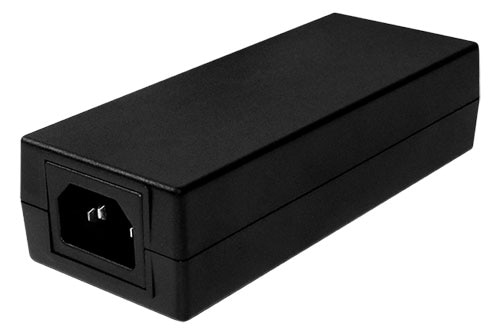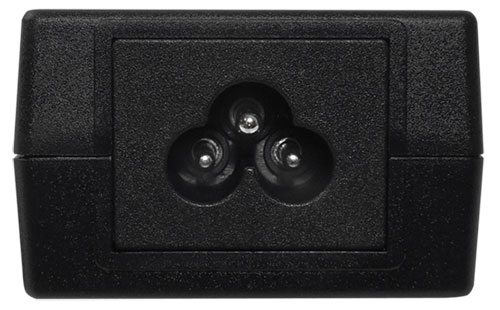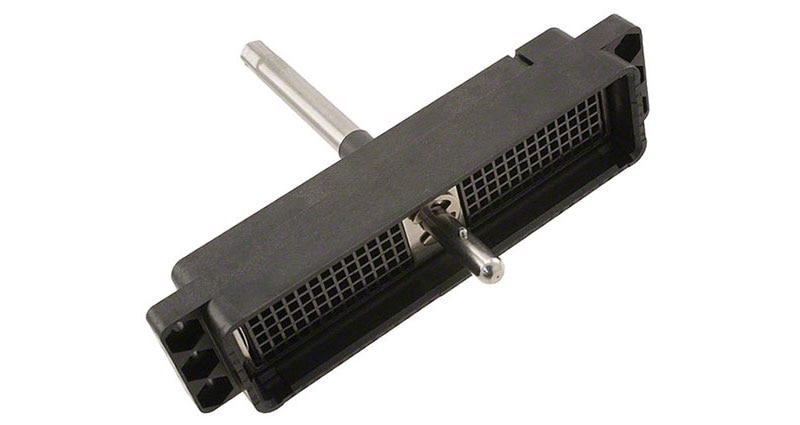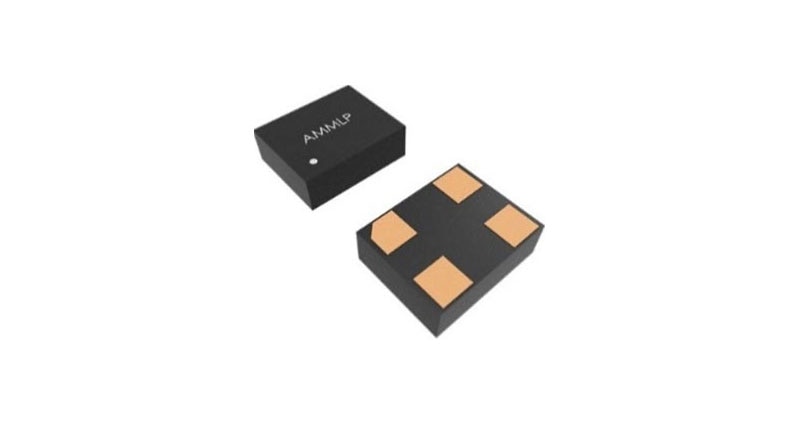CUI Power Adapters Demonstrate the Ability to Keep Up with Regulations
When designing laptop and desktop computers, it may be tempting to delay power adapter selection until after core features, performance, and user experience have been defined. But considering changing regulatory implications, the case can be made that this should be an earlier strategic design decision.
Designers may view external power supply adapters as inherently commoditized or interchangeable. However, it's increasingly important to design with U.S. and international regulations in mind. Failure to address regulations forthrightly could lead to delayed market entry, dissatisfied customers, and end users who are increasingly attuned to compliance issues.
Since 2016, designers in the U.S. have been mandated to comply with Department of Energy (DoE) Level VI requirements for single and multiple-voltage external power supplies of less than or equal to 250 W and input voltages of 115 V and 230 V.
The European Union Ecodesign Directive EU 2019/1782 is like Level VI but excludes multi-output adapters and applies only to the 230 V European grid standard. Other regions have varying standards that are generally aligned with one or the other.
That's the situation now, but changes are coming.
Preparing for DoE Level VII
Currently in the proposal stage, DoE Level VII aims to reduce energy consumption by setting higher efficiency thresholds in active and particularly no-load modes. No-load power consumption limits are expected to decrease from 0.100 W to 0.075 W for supplies up to 49 W, along with decreases for higher wattage adapters.
The Level VII standards may spur adoption of advanced technologies, such as gallium nitride (GaN), to achieve higher efficiency levels and encompass a broader range of devices.
Once the DoE publishes its final rule for Level VII, manufacturers will have two years from that date before it becomes mandatory. At that point, they must have already established reasonable test procedures to evaluate power conversion efficiency.
The EU requirements are due for an update. They are likely to closely align with the proposed U.S. Level VII and may include multiple-output external power supplies.
DOE Level VII standards will likely increase development and manufacturing costs as external power supply manufacturers invest in research, redesigned circuits, and rigorous testing procedures to ensure compliance.
There is a potential market advantage for those who quickly adapt with ultra-low-power controllers and enhanced circuit designs that minimize no-load consumption while maintaining performance. Positioning their products as premium energy-efficient solutions may appeal to businesses seeking to lower operational energy costs and to environmentally conscious consumers.
Paving the way
Although Level VII is yet to be finalized, power supply manufacturing companies like CUI Inc have already started designing to meet the new standards.
CUI is developing new power supply designs that incorporate GaN components to achieve higher efficiency levels, reduced sizes, and increased power density compared to silicon-based designs.
CUI's current SDI90B Series AC/DC adapters were developed with an architecture and efficiency envelope that features Level VI efficiency along with UL/cUL, PSE, and UKCA safety approvals. These 90 W commercial grade adapters feature no-load power consumption of less than 0.21 W and high efficiency in active mode.
The SDI90B-U devices, like the 18 V SDI90B-18-U-P5 (Figure 1 ), utilize an IEC 60320 C14-type inlet, a grounded connector commonly used for stationary devices.
 Figure 1: CUI's SDI90B-18-U with a C14-type inlet. (Image source: CUI Inc)
Figure 1: CUI's SDI90B-18-U with a C14-type inlet. (Image source: CUI Inc)
DSI90B-T series adapters, like the 18 V SDI90B-18-T-P6 (Figure 2), come with the IEC 60320 C6-type inlet, allowing for more compact designs where space savings or portability are a top priority.
 Figure 2: Power input view of CUI's SDI90B-T-P6 with a C6-type inlet. (Image sour
Figure 2: Power input view of CUI's SDI90B-T-P6 with a C6-type inlet. (Image sour
Conclusion
As the electronics industry prepares for the DoE Level VII standards, proactive companies like CUI Inc are intent on embracing innovative technologies such as GaN components to prioritize energy efficiency and be ready to comply with the new requirements. The SDI90B series meets today’s stringent DoE Level VI and global energy efficiency standards while demonstrating the company's commitment to developing products in compliance with evolving energy regulations.

Have questions or comments? Continue the conversation on TechForum, DigiKey's online community and technical resource.
Visit TechForum








